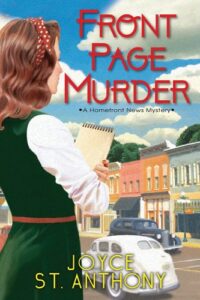Women have been in the workforce since practically the beginning of time, but it was never more apparent than during World War II. With a good portion of young men joining the military or being drafted, women came out in force to do their part for the war effort. Whether working for newspapers like my protagonist Irene Ingram in Front Page Murder, or working in factories manufacturing equipment for the war, they gave their all.
When most people think about the women working during the war, the first thing that pops into their minds is that iconic poster of Rosie the Riveter. Rosie showed that women could do anything men could do. My mother wasn’t a Rosie, but she did work for Dravo in Pittsburgh as a secretary for part of the war. Dravo was one of the main producers of LSTs (Landing Ship Tanks). LSTs were crucial for the D-Day invasion. Mom was twenty-one with her own beauty shop when the Japanese bombed Pearl Harbor. She sold the shop and went to work for the war effort. There were many more like her in every city and town.
Women took over the farming when their farmer husbands and sons went off to fight. They became machinists, electricians, and worked in law enforcement. They became bus drivers, taxi drivers, and delivery drivers. They became reporters and war correspondents, spies and code breakers. They were even involved in professional sports, like baseball. The All American Girls Baseball League was popularized in the movie “A League of Their Own.” Women trained as pilots. They joined the WAACs or the Navy. They served as Civil Defense Wardens in many cities, making sure citizens were obeying curfew and blackout rules.
When the war ended and the men returned, many of these women were forced back into their previous roles. Some were content, like my mother who had married a handsome soldier she’d met on a blind date in 1943. She settled down to raise a family. Others were not as content and kept their jobs if they were able or sought new ones. The real women’s movement began in 1941 and continues to this day.
There are plenty of novels inspired by the women who went to work during the war. Most of the ones I’ve read include protagonists investigating crime or espionage. Here are just a few.

The Rosie Winter series by Katherine Miller Haines is an older series and one of my favorites. The first, THE WAR AGAINST MISS WINTER, was released in 2007. Rosie Winter is an actress in 1943 New York City. Parts are hard to come by and she gets a job at a seedy detective agency to make ends meet. When she finds her detective boss murdered, Rosie puts herself on the case and finds she has a knack for solving crimes. The other three books in the series are just as entertaining.

In THE ENEMY WE DON’T KNOW, the first book in the Homefront Mysteries by Liz Milliron, Betty Ahern isn’t satisfied with just working at Bell Aircraft in Buffalo. She has higher aspirations—she wants to be a private eye. When a co-worker is accused of sabotage, Betty gets her chance to prove she’s up to the task. There are three books in the series so far so Betty has lots to investigate.
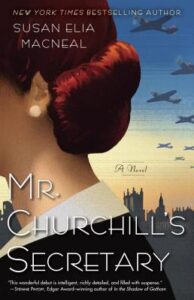
In Susan Elia MacNeal’s long-running Maggie Hope series, Maggie goes from typist in MR. CHURCHLL’S SECRETARY, the first book in the series, to spying for the SOE, to solving the murder of her former lover’s fiancée in the tenth book in the series, THE HOLLYWOOD SPY.
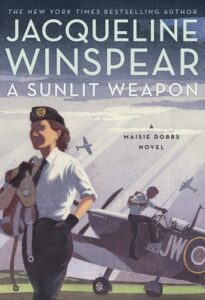
Another long-running series featuring a woman in a non-traditional role is the Maisie Dobbs series by Jacqueline Winspear. In the latest and seventeenth in the series, A SUNLIT WEAPON, Maisie investigates the death of a ferry pilot while preparing for Eleanor Roosevelt’s visit to Britain.
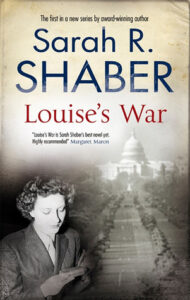
LOUISE’S WAR is the first book in Sarah Shaber’s Louise Pearlie Mysteries. Louise is a young widow who goes to work for the OSS in Washington, DC. She investigates the suspicious death of her boss and attempts to rescue her Jewish friends from Nazi persecution in France. In LOUISE’S CROSSING, the seventh book in the series, Louise is on her way to the London office of the OSS and finds herself investigating the death of a passenger on the ship.
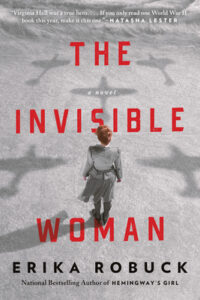
Another novel featuring a woman in the OSS is THE INVISIBLE WOMAN, by Erika Robuck based on the real life OSS agent, Virginia Hall. Robuck’s latest, SISTERS OF NIGHT AND FOG, is also based on true stories of women during World War II.
*
Although the women in these books are fictional, they stand for all the real women of that era. In this Women’s History Month, we owe them all a debt of gratitude, not only for where we are now, but for where their history will take us in the future.
***


